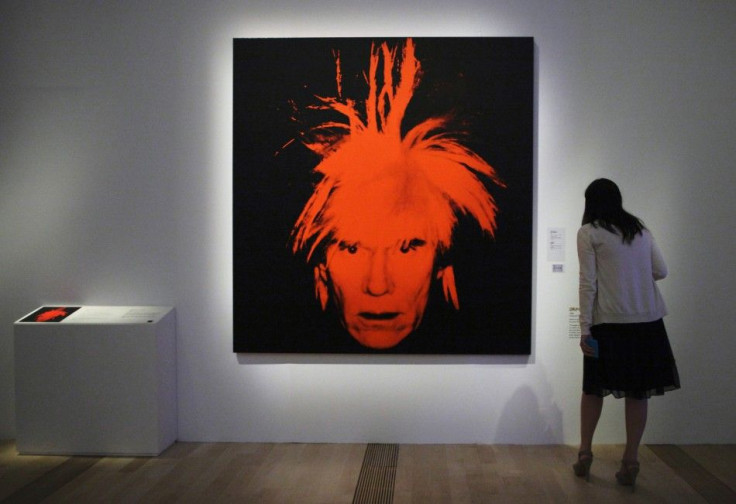Marilyn Monroe Meets Angels at Warhol Show in Asia

Andy Warhol, the Pope of Pop, is making a pilgrimage to Asia on the 25th anniversary of his death, with one of the largest collections of his art set to tour five cities in the region over the next two years.
Andy Warhol: 15 Minutes Eternal, which opens in Singapore on March 17, features over 260 paintings, drawings, sculptures, film and video divided into four different creative periods.
Besides his famous Campbell's Soup Can and Marilyn Monroe, the exhibit -- slated to venture to Hong Kong, Shanghai, Beijing and Tokyo -- also features lesser known works from Warhol's early artistic years in the 1940s and 1950s.
Andy's art can be boiled down to celebrity and tragedy. I think that's what he saw in the newspapers -- it was either glitz and glamour or death and tragedy, Eric Shiner, Director of The Andy Warhol Museum in Warhol's birthplace of Pittsburgh, told Reuters.
Ultimately there are things that are really great and things that are really bad, and that's what he plugs into because everybody can relate to that, he said. I think that's what makes his art eternal.
Among the early works, which Shiner said were characterized by magic and whimsy, are Folding Screen from the 1950s, depicting what seem like two angels facing each other with colorful wings in bright shades of red, blue, green and yellow.
Another from the same period is Shoe, an elaborate shoe covered with gold leaf that the organizers said might have been one of Warhol's first attempts at sculpture.
Angel, from around 1957, features an angel whose form gleams with gold leaf. Shiner said Warhol made a trip to Asia in 1956, and he was intrigued by the use of gold leaf in Buddhist sculptures and other items in Japan and Thailand.
As soon as he returned to New York, Warhol started using the material in his own pieces, Shiner said, adding that religion is a theme that recurs in Warhol's work.
This includes The Last Supper, a massive painting inspired by Leonardo da Vinci's masterpiece showing Jesus Christ with his disciples -- with unique Warhol touches such as pictures of motorcycles.
PRINTING MONEY
Warhol was a rare artist who achieved tremendous financial success -- and demand continues strong. Sotheby's said on Thursday that a portrait of Elvis Presley could fetch as much as $50 million when it hits the auction block in May.
He grew up in his early youth in a really hard period where everyone was struggling. I think that's what compelled him to find a way to be financially successful, and he was, Shiner said, estimating that Warhol produced 10,000 paintings.
Aside from being adept at technical skills, Warhol knew how to make people want something -- a result of his training in commercial illustration and how to sell things visually to retailers and department stores.
Warhol equated art with business. He didn't see any dividing line between those two things, Shiner said. Literally for him, printing his paintings and works on paper was like printing money.
Known for his oft-quoted In the future, everybody will be world-famous for 15 minutes, Warhol himself was fixated on beauty, fame, intelligence and power, Shiner said.
Warhol started collecting pictures of movie stars such as Shirley Temple and Mae West when he was eight years old, Shiner said. He would write letters to the Hollywood movie studios and ask for photographs, then kept dozens of them in a photo album.
It was Andy's key prize possession as a child. That was what he was doing, upstairs in his room, fantasizing about the future, and of course he wanted to be just as famous as those movie stars, Shiner told reporters on a pre-opening tour.
And ultimately it worked.
© Copyright Thomson Reuters 2024. All rights reserved.





















